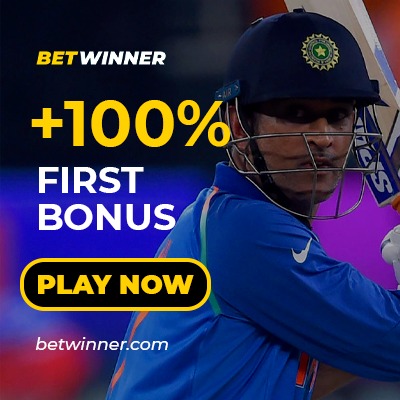It is safe to assume that the Hero Indian Women’s League (IWL) quarterfinal between Odisha FC and Gokulam Kerala FC would advance to the final round of voting if there were a prize for the best game of the season. The match, which was pulsating, energising, and nervous all at once, served as an example of what two well-oiled, elite teams can accomplish in women’s football. Only two goals were scored—one by the legendary Bala Devi to give Odisha the lead and the other by Roja Devi just before halfway.
Numerous opportunities went awry throughout the second half, and when the game finally went to penalties, the only disappointment was that it wasn’t happening in the championship game, even if the quality of the surface deserved it. Odisha fell in the shootout, and while the defeat was difficult to take for a team that put a lot of time and effort into assembling a fantastic squad, it was also a sign of things to come for Indian women’s football on a larger scale.
“I won’t lie, it was deeply disappointing to get knocked out in the quarterfinals,” Odisha FC owner Rohan Sharma says. “But, on the other hand, there is no shame in having lost to Gokulam and pushing them all the way no less. We obviously learnt what it takes to be a team of that calibre.”
Odisha FC owner’s thoughts
The club fielded a side in the Hero IWL. Along with East Bengal, one of the two Hero Indian Super League franchises. Both players finished in the top eight this season. Earning them automatic entry into the competition that will raise the bar for women’s basketball.
According to Raj Athwal, president of Odisha FC, “There has been a huge spike in the interest and engagement in women’s football globally. In England, Women’s Super League teams have been filling 70,000 capacity stadiums since the Euros. It speaks a lot towards how the game is growing, and where its future lies.”
The promotion of women’s football is one of the main goals of the Federation’s strategic roadmap, “Vision 2047.” The Indian Women’s League (10 teams), the 2nd Division (8 teams), and the third division (four teams) will be at the top of a four level league table pyramid for women’s football by 2026. The end of the first four year strategic plan.
Sharma feels that a competitive multi-tiered competition will help improve the calibre of the players themselves. “We’ve seen players play in Croatia, Uzbekistan, Cyprus, Scotland,” he says. “So with the right push, a stronger league and some basic interventions there is no reason we can’t rise higher in the rankings.”
Read More :- Wolverhampton Wanderers FC wins the Next Gen Cup
On women’s football
The Federation has also required that every team must feature at least 10 Indian players. And on fully professional annual contracts earning at least Rs 3.2 lakhs starting in the upcoming season. Despite the excellent reception the announcement has received from stakeholders, Sharma and Athwal are cautious in their excitement.
“I think for a club like ours it is not a problem to fulfil those obligations at all,” Sharma says. “I don’t know about others, but we don’t want to lose out on other clubs’ stories and inputs. Obviously, we want players to be well compensated and encouraged to play the game, but we also want to create a vibrant league, with lots of clubs, and an overall burgeoning ecosystem.”
The two agree that expansion and interventions are both required for the development of the women’s game. They have observed good developments in the Federation’s investment in the women’s game. This has inspired them to increase their own commitment to it. This season’s Hero IWL featured five clubs with men’s teams. And while he encourages more to do the same, he hopes that they won’t do so “just to tick a box” Odisha was one of those clubs.
Sharma asserts that “I think we need to become more inclusive as a whole. Having a women’s team is just one small step. We need to get more women coaches, team staff, and generally make it a more holistic and equitable playing ground. Once we can do that we will see the game flourish on the whole.”
Follow our Twitter Handle for more updates.
For more football updates, make sure to follow us on:
























